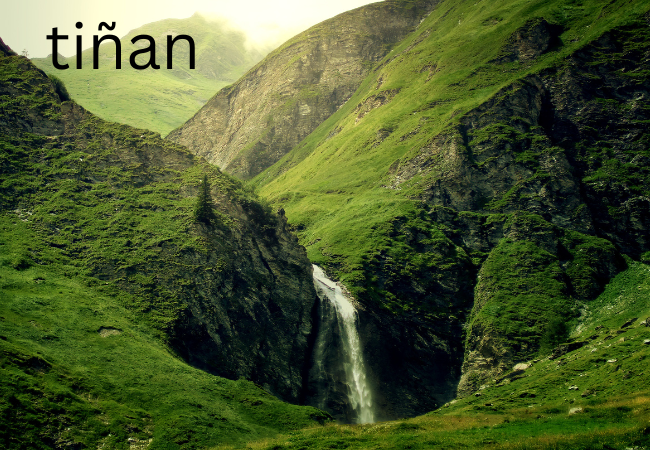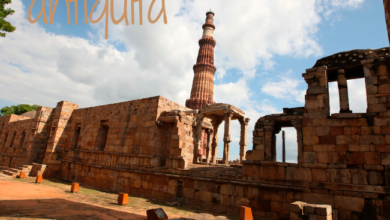Tiñan: A Journey Through Time, Space, and Culture

What if I told you there’s a word that dances between the lines of reality and myth, a concept that transcends time and culture? Enter Tiñan—a mystical, almost ethereal entity that has captured the human imagination across epochs and civilizations. What exactly is Tiñan? It’s a question that invites both curiosity and contemplation. Tiñan is not just a word; it’s an experience, a symbol, a whisper of the cosmos woven into the fabric of our lives.
The Origins of Tiñan
To truly grasp the essence of Tiñan, we must journey back to its ancient roots. Tiñan has been mentioned in some of the earliest texts, its presence felt in the myths and legends that form the backbone of human history. Imagine ancient storytellers around a fire, recounting tales where Tiñan played a pivotal role—a symbol of mystery and the unknown. It was more than just a concept; it was a bridge between the mundane and the divine.
Tiñan in Modern Culture
Fast forward to today, and Tiñan continues to enchant. In literature, it appears as a recurring motif, a subtle nod to those who recognize its deeper meaning. Artists, too, have found inspiration in Tiñan, crafting works that capture its elusive essence. And in popular media, Tiñan surfaces in unexpected ways, a testament to its enduring allure.
The Symbolism of Tiñan
Peel back the layers, and you’ll find that Tiñan is rich in symbolism. Spiritually, it represents a connection to something greater than oneself. In various rituals and ceremonies, Tiñan holds a place of honor, a symbol of unity and transcendence. But beyond the collective, Tiñan is deeply personal, its meaning shifting with each individual’s interpretation.
Tiñan and Nature
Look closely, and you’ll see Tiñan reflected in the natural world. From the whispering leaves of an ancient forest to the undulating waves of the ocean, Tiñan is a reminder of nature’s beauty and mystery. Its influence on our understanding of the environment is profound, encouraging a deeper connection to the world around us.
Tiñan and the Cosmos
Gaze up at the night sky, and you’ll find Tiñan there too. Its cosmic interpretations are as vast as the universe itself. Astronomers and philosophers alike have pondered the relationship between Tiñan and the stars, finding in it a sense of wonder and infinity. Tiñan, in this context, is a reminder of our place in the grand scheme of things.
Tiñan and Human Emotions

On a more intimate level, Tiñan resonates deeply with our emotions. It has been the muse for countless poets and songwriters, its presence felt in the verses and melodies that move us. Personal stories often reflect encounters with Tiñan, moments of profound connection and insight that stay with us forever.
The Philosophy of Tiñan
Philosophers have long been fascinated by Tiñan, exploring its implications for our understanding of existence. In existential thought, Tiñan is a symbol of the search for meaning in a chaotic world. It challenges us to look beyond the surface and find deeper truths in our lives.
Tiñan in Daily Life
But Tiñan is not confined to the realms of myth and philosophy; it has practical applications too. Integrating Tiñan into our daily routines can bring a sense of mindfulness and peace. Whether it’s through meditation, reflection, or simple acts of kindness, Tiñan reminds us to stay connected to the present moment.
The Future of Tiñan
As we look to the future, the concept of Tiñan is likely to evolve, taking on new meanings in different cultural contexts. Its enduring legacy will continue to inspire and challenge us, inviting each generation to discover their own understanding of Tiñan.
Conclusion
Reflecting on the journey of Tiñan, we see that it is more than a word—it is a thread that weaves through the tapestry of human experience. Its enduring legacy reminds us of the beauty and mystery that lie just beyond our grasp, urging us to explore, to question, and to dream.
FAQs
- What is the historical significance of Tiñan? Tiñan has ancient roots, appearing in early texts and myths as a symbol of mystery and the unknown.
- How does Tiñan influence modern culture? Tiñan continues to inspire literature, art, and popular media, serving as a recurring motif that evokes curiosity and wonder.
- Can Tiñan be found in nature? Yes, Tiñan is reflected in the natural world, symbolizing the beauty and mystery of nature.
- What are some philosophical views on Tiñan? Philosophers view Tiñan as a symbol of the search for meaning and understanding in our existence.
- How can one incorporate Tiñan into daily life? Integrating Tiñan into daily life can be achieved through mindfulness, reflection, and acts of kindness, fostering a deeper connection to the present moment.



